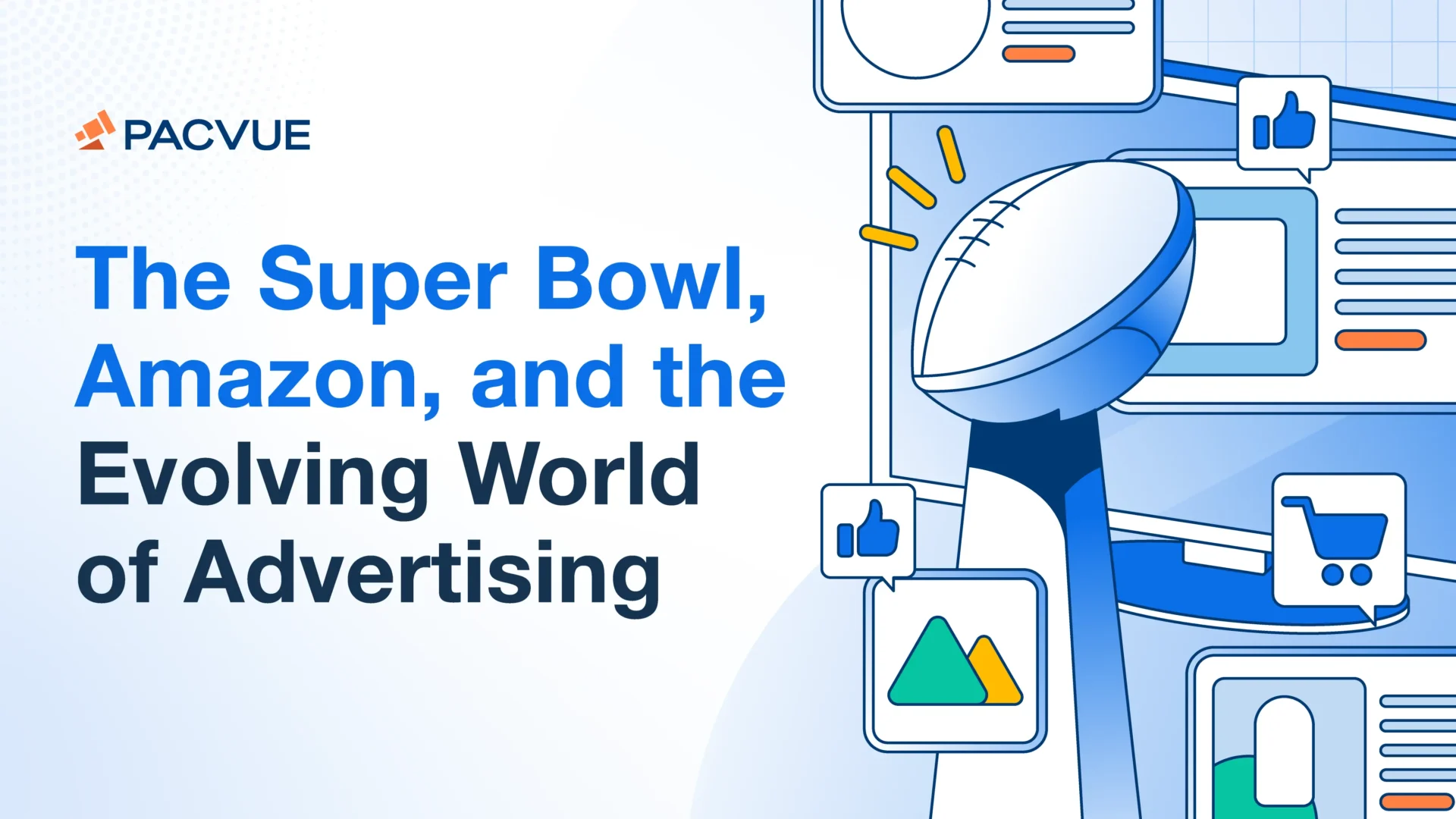We’re just days away from Super Bowl LVIII in Las Vegas, featuring the Kansas City Chiefs and the San Francisco 49ers. While the game itself remains consistent, the way people watch and the advertising during the big game have evolved big time. Since 1996, the Super Bowl has been TV’s most-watched live event, with over 110 million viewers expected this year. But as viewership grows, so do the costs. Back in 1967, a 30-second spot cost just over $37,000. Today? It’s a whopping $7 million. And if we go back just 20 years, it’s increased 200%.
Who’s shelling out $7 million for just 30 seconds of airtime during the Super Bowl? And how bold will their ads be? Guideline reports that food brands are the leading category spender for the Super Bowl, with other growing categories set to be featured including prescription drugs, personal care products, toys & games, and media. Given the sky-high costs, most brands are likely to play it safe—think light-hearted and comfortable vibes—to maximize their investment. Get ready for a lineup of celebrity cameos, alongside waves of nostalgia, light humor, and emotion. These ads are designed to resonate with consumers and evoke positive emotions, rather than leaving them frustrated or annoyed. In today’s digital age, a negative ad during the Super Bowl could seriously dent a brand’s reputation. No one wants to risk their job by taking too big of a leap.
And will brands be able to capitalize on the “Taylor Swift effect”? With Swift’s engagement bringing in a new audience of women to the NFL, previously disinterested viewers are now discussing and generating social media content about the league. It begs the question of whether brands will leverage this expanded audience through commercial ads or social media to increase awareness.
Whether you’re tuning in for the game, commercials, Taylor Swift, or halftime show, let’s settle in and see what Sunday brings and who steals the show.
Amazon Prime Introducing Ads
In the realm of non-$7 million advertising slots, Amazon has recently joined other streaming giants by introducing ads on its US Prime Video service. Unlike the exclusive domain of big brands seen in Super Bowl commercials, Amazon’s goal is to extend this opportunity to smaller and mid-market brands. By enabling self-service access to its ad inventory across the board, Amazon is taking significant steps to democratize access and level the playing field for advertisers of all sizes.
Amazon holds a significant advertising edge over its competitors thanks to its extensive repository of retail media data. This wealth of data allows Amazon to execute highly targeted advertising campaigns, leading to enhanced ad performance. As advertisers prioritize maximizing the effectiveness of their ad spending, Amazon is uniquely positioned to provide both large and small advertisers with first-party data and formats tailored to optimize spending allocation and measurement.
The rise of Shoppable TV is on the horizon, and major events like Amazon’s Black Friday football present exciting opportunities for innovation with shoppable ad formats. As technology evolves and adoption increases, shoppable TV may become a standard feature, offering even better performance as ad formats improve and audience engagement grows. Pacvue President Melissa Burdick highlighted Amazon’s ‘day one’ mentality on Bloomberg Technology, emphasizing, “They’re going to continue to think about how they bring this technology to the consumer and how they’re going to use it.” In the meantime, brace yourself for a multitude of interesting experiences – both positive and negative – as brands experiment with new strategies in this evolving landscape.
To delve deeper into Amazon’s Video Ad Push, catch Melissa Burdick‘s interview with Ed Ludlow and Caroline Hyde on “Bloomberg Technology.”
Conclusion
With the price of a 30-second Super Bowl ad increasing by 200% in the last 20 years, it’s intriguing to speculate on how much it will cost in the next two decades. Will brands be willing to shell out $20 million one day, or will prices plateau? With money flowing and brands eager to invest in ads, as shown by Amazon’s 27% year-over-year increase in ad spend in 2023, the question arises: should these funds be directed towards a single tentpole event like the Super Bowl, or should they be channeled into exploring new forms of digital advertising?
On one hand, there remains a robust appetite for capitalizing on major tentpole events such as the Super Bowl. Despite a decline in linear TV ad spend in 2023, there was significant growth in ad spend for live sports. Guideline highlights a substantial increase in sports TV ad spend for programming, with a 15% rise in the NFL and a 17% increase in the NBA. This indicates that brands continue to show keen interest in investing in live sports advertising, underscoring a persistent appetite for this marketing approach.
On the other hand, exploring new digital advertising trends may offer a more cost-effective way to reach the right audience. During the debut season of Amazon’s Black Friday football game, 30-second ad spots were priced at just under a million dollars, providing a distinctive opportunity for brands. With Amazon embracing audience-based creative, these ad spots hold the potential for multiple brands to connect with a hyper-targeted audience already seeking similar products. Opting for streaming options like Amazon’s Black Friday football game could potentially yield a more strategic investment for brands aiming to optimize their ad budgets.
In the realm of Amazon Prime Video ads, consumers may favor the ad-supported model over paying extra for ad-free content, benefiting small and medium brands with broader reach and better targeting. The impact of more targeted ads promises an intriguing landscape, potentially enhancing the consumer experience with more relevant content. It’s a fascinating landscape to watch unfold. We’d love to hear your thoughts in the comments.
Learn More
Ready to kick off your brand’s winning strategy? Reach out today to learn more about the Pacvue Platform and how our team can help you score big across dozens of retailers.













